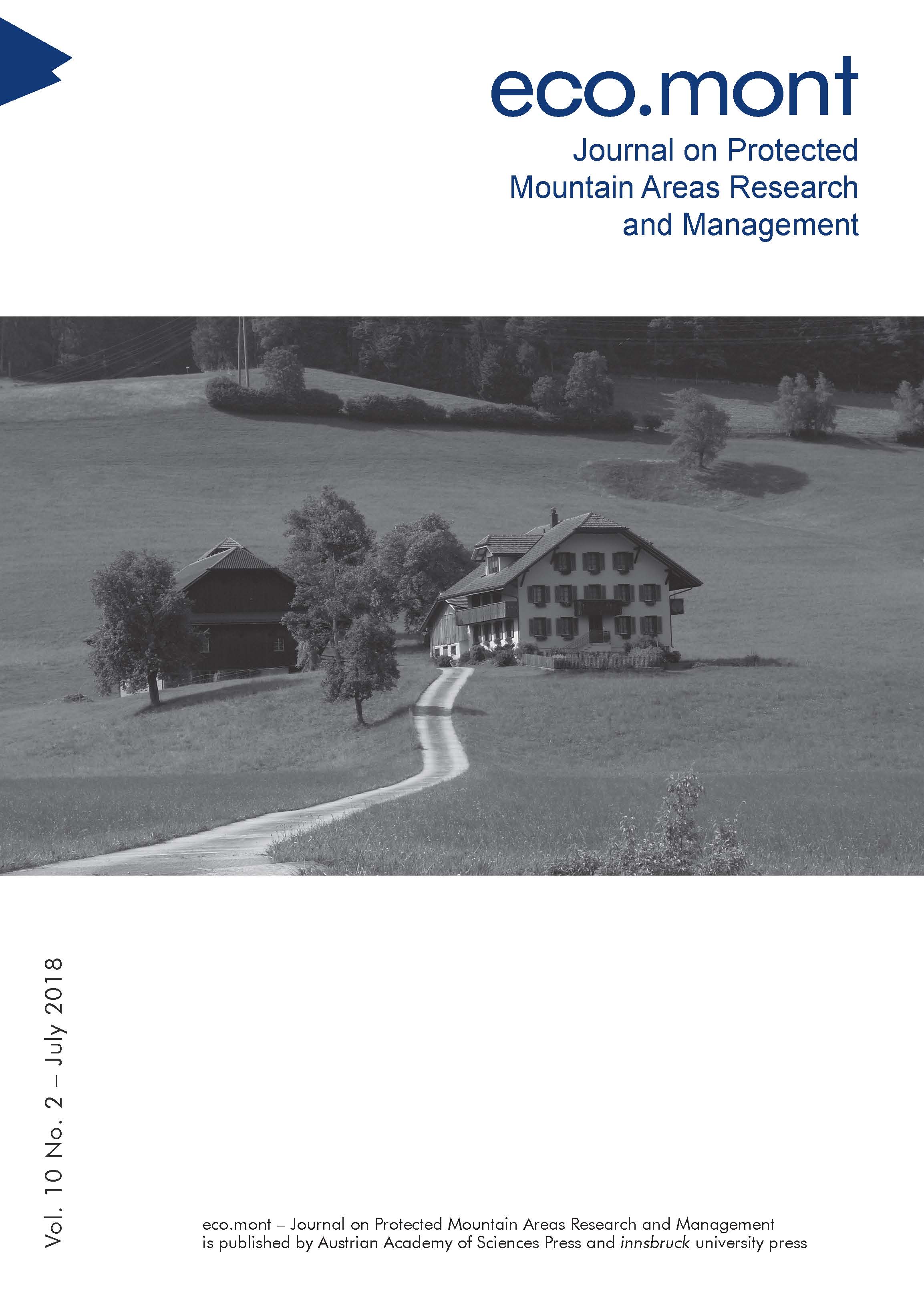
Eco.mont Vol. 10 Nr. 2, pp. 69-71, 2018/06/29
Journal on Protected Mountain Areas Research and Management

How has the image of the Alps changed over the decades? What traces are left behind in the landscape by people and natural events? Between June and September 2017, a group of Alpine experts hiked from Vienna to Nice under the name whatsalp. Along their journey on foot, they examined the current state of, and changes in, Alpine regions, documented developments across the landscape and in society, and discussed future scenarios with local actors. An important aim of whatsalp was to compare the present situation with that of 1992. At that time, several group members of the 2017 project had undertaken a similar walk, under the name TransALPedes, along approximately the same route. Partners of the project whatsalp Vienna – Nice 2017 included the International Commission for the Protection of the Alps (CIPRA); the Swiss Alpine Initiative; ISCAR; the Permanent Secretariat of the Alpine Convention; and other Alpine-wide networks.
Keywords: Alps, Alpine Convention, protected areas, hiking, qualitative methods